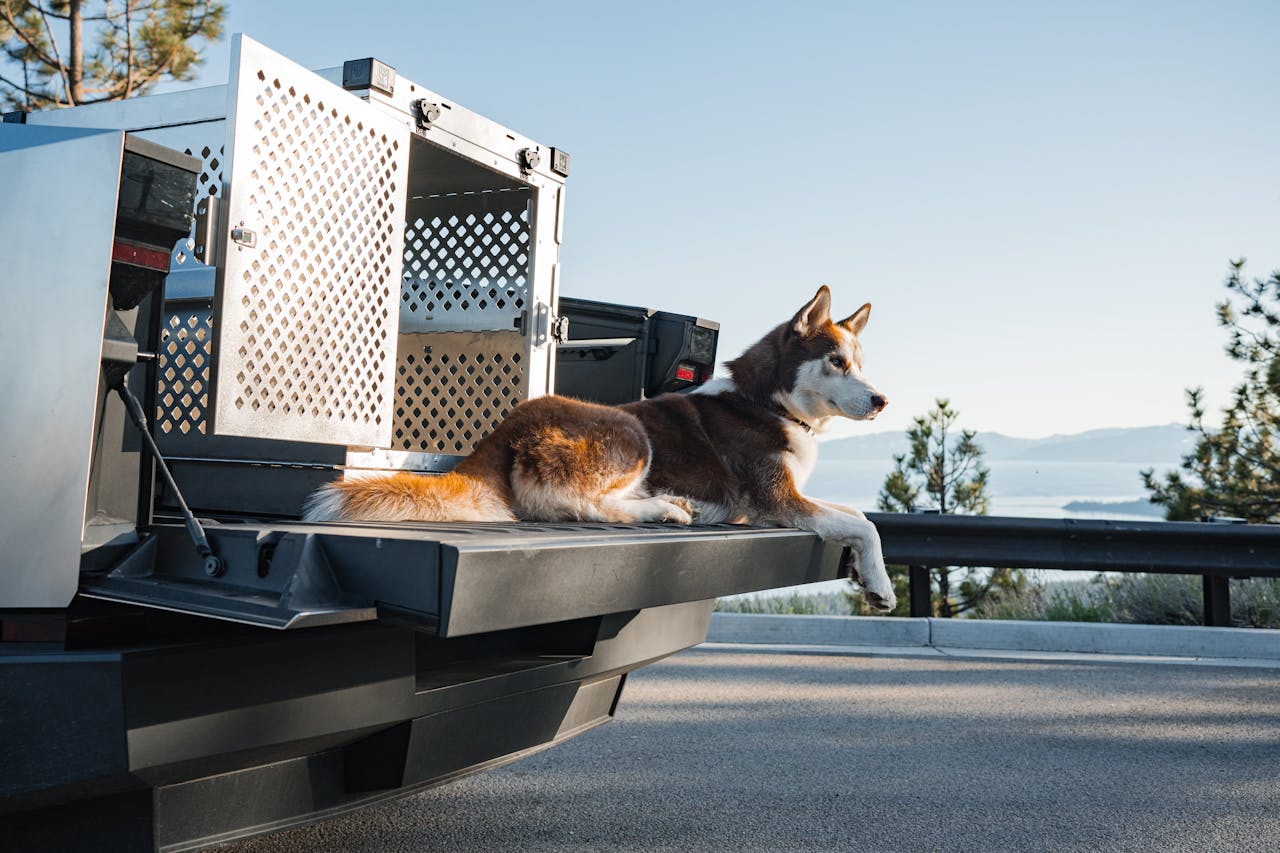Learn about what is considered a rodent infestation. The guide explains how to find rodent problems along with key warning signs while showing ways to stop damage to property and ways to protect your health by using professional methods and fast detection practices.
Introduction
Businesses and homes across the board have pest control issues with rodents because they can enter spots easily and reproduce quickly. Detecting one mouse or rat does not necessarily have to be concerning, yet it signals the possible existence of a major rodent problem elsewhere in your building.
Successful detection of rodent infestations requires knowing their characteristic damaging indicators. Property-destructing infestations simultaneously create dangerous health risks for those residing inside.
What Is Considered a Rodent Infestation?
The resilience and opportunism of rodents rank among the highest for all land-dwelling pests because they survive almost any environment that offers them food and water, and suitable shelter.
Rodents pose a much bigger problem than mere pests once they access human living spaces, including houses and offices. Building or home invasion by rodents produces multiple negative outcomes that harm health and trigger property destruction and costly damage repair needs.
Understanding Rodents and Their Behavior
As mammals, rodents possess constantly growing teeth located in each jaw between the upper and lower jaws. House mice, together with Norway rats and roof rats, represent the two dominant species causing infestations. Twice per day and highly smart creatures produce offspring quickly. A rat group situated under optimal conditions produces hundreds of offspring annually.
Rodents enter indoor spaces mainly in pursuit of three items: food, water, and shelter. If any of these are provided, rodents can form nests and reproduce rapidly, making the detection thereof early enough extremely important.
Key Signs of a Rodent Infestation
Rodent infestation is usually pinpointed through a combination of several signs rather than an individual rodent sighting. The most frequent and trustworthy signs are listed below:
1. Droppings
Rodent dropping is a definite sign of infestation. Mouse droppings are dark-colored, pointed at both ends, and small in size, whereas rat droppings are bigger and blunt. Seeing fresh droppings repeatedly near food items or secret places (cupboards, drawers, under sinks) is a warning sign.
2. Gnaw Marks and Damage
Rods chew on material to regulate tooth growth. Wired chewed through, wall gnawing, wood bite markings, or spoiled food packaging point to active rodents. Rods can cause costly property damage as well as fire from electrical wiring.
3. Nesting Materials
Rodents create their nests by using materials such as shredded paper along with clothing, insulation, and dried plant materials. Rodents select wrapped nests to rest in warm locations, hidden away from public view.
4. Noises
Sounds of scratching, squeaking, and scurrying can reveal rodents’ presence inside ceiling spaces, wall gaps, and beneath floorboards, particularly at night. The growing rodent numbers will result in more detectable noises.
5. Grease Marks and Tracks
Rodents repetitively take the same routes along walls and baseboards. With time, they deposit oily or greasy smudges, and occasionally, they even make footprints or tail marks in dusty environments.
6. Sightings of Live or Dead Rodents
Although one rodent does not automatically create an infestation, multiple sightings or discovering a dead rodent in the home indicate a more serious issue.

7. Strong Odors
Rodents deposit urine that has a potent ammonia odor. A lingering foul odor that never fades indicates rodents are either currently infesting your home or their remains are hidden within walls or attic spaces.
When Is It Considered an Infestation?
Official recognition of a rodent infestation occurs when rodents appear repeatedly and across large areas or continue to persist. These standard benchmarks can help you identify whether you have an infestation:
- Multiple Sightings: A dangerous warning about rodent colonization appears when you see numerous rodents within a brief period or spot active rodents during the day.
- Prolific Signs: Several amplifying markers, including droppings and gnaw marks and odors, and audible noises, should be present to confirm a definitive infestation instead of a single rodent encounter.
- Reproductive Evidence: The finding of young rodents or their nesting areas inside buildings indicates that indoor territorial breeding occurs within an established rodent colony.
Health Risks and Structural Dangers
Rodent intrusions produce more than a simple household annoyance because they put human health and safety at risk. Rodents spread more than diseases to humans through three mechanisms direct transmission through contact with their feces and urine, saliva, as well as indirect transmission through the fleas or mites that act as hosts.
The most worrisome diseases among the forty known rodent-borne diseases include:
- Hantavirus
- Salmonella
- Leptospirosis
- Rat-bite fever
Rodents introduce substantial harm to physical structures. Rodents use their gnawing activities to damage insulation, and their bites to electrical wires create fire risks, along with destroying HVAC systems. Restaurants, along with food storage facilities, experience significant food contamination problems.
Common Causes of Rodent Infestations
Learning what drives infestations forms the basis for successful pest control measures. The primary factors that lead to infestations include:
- Open Food Sources: Food containers without proper seals and poorly washed dishes, together with untreated pet food in the open at night, can entice rodents.
- Poor Sanitation: Rodents thrive best when trash overflows, while clutter builds up, and essential cleaning is forgotten.
- Entry Points: The entryways that rodents use to access living areas include small openings like broken cracks and gaps in door and window frames, plus holes in the roof or foundation components.
- Environmental Changes: Rodents relocating into residential areas occur after weather changes or construction phases and during demolition site transitions.
How to Prevent a Rodent Infestation?
A successful prevention plan stays effective through the deliberate use of cleanliness measures with exclusion strategies that require regular monitoring. The following checklist provides methods for preventing rodent infestations:
- Seal Entry Points: Seal your home from rodents by using steel wool, caulk, and wire mesh to cover all openings bigger than 1/4 inch.
- Store Food Properly: Storage of all food, such as pet foods, along with human food, must take place inside sealed containers. Clean crumbs and spills immediately.
- Maintain Cleanliness: Keep your kitchen areas clean and throw away garbage quickly while minimizing clutter both inside and outside the living space.
- Install Screens and Door Sweeps: Regular inspections must verify that chimneys and vents, together with exterior doors, meet rodent-resistant criteria.
- Trim Vegetation: Regular trimming of your home’s surrounding shrubs, along with branches and grass, prevents rodents from using these areas for hiding or entry.

- Monitor: Early signs of rodent activity should be detected by using traps or rodent detection systems installed in high-risk areas.
Yes. Three specific diseases, along with hantavirus, leptospirosis, and Salmonella, can be transmitted by rodents to human populations. Food contamination and surface contamination happen primarily through rodent urine and droppings, and parasites, and create serious health security risks.
Absolutely. Mice need only holes measuring a quarter of an inch in diameter to slip through. The required gap size for rat passage extends marginally beyond what mice need to pass through. Building rodent prevention depends mainly on securely sealing all building cracks and gaps.
To a certain extent, yes. Rats possess a larger body size, confrontational behavior, and cause greater structural damage. Testing has shown that both species create significant threats to health and environmental contamination.
Conclusion
A rodent infestation goes beyond being a bothersome problem because it creates severe threats to your health and well-being, and your home’s integrity. The protection of your space depends on your ability to spot early indicators, along with a clear definition of what signifies an infestation, combined with proactive protective steps.
House owners, as well as renters and business owners who remain alert regarding rodent activity, will effectively prevent future infestations.



